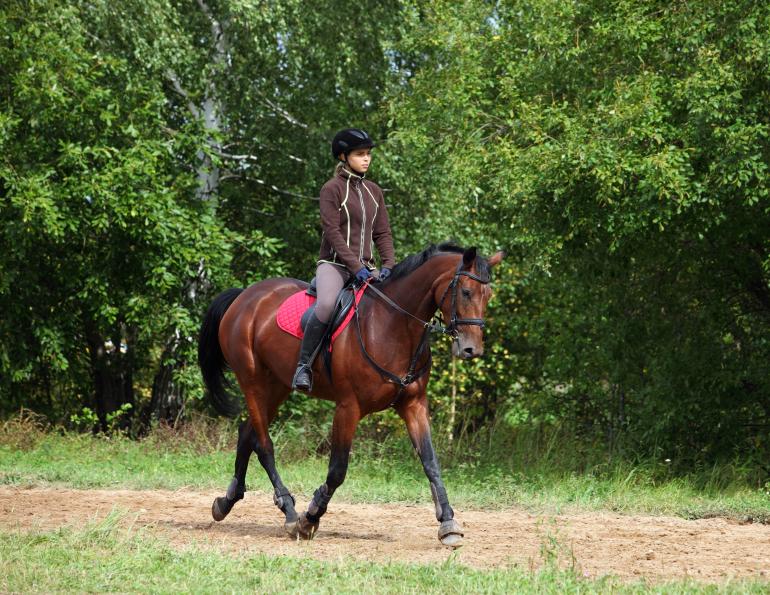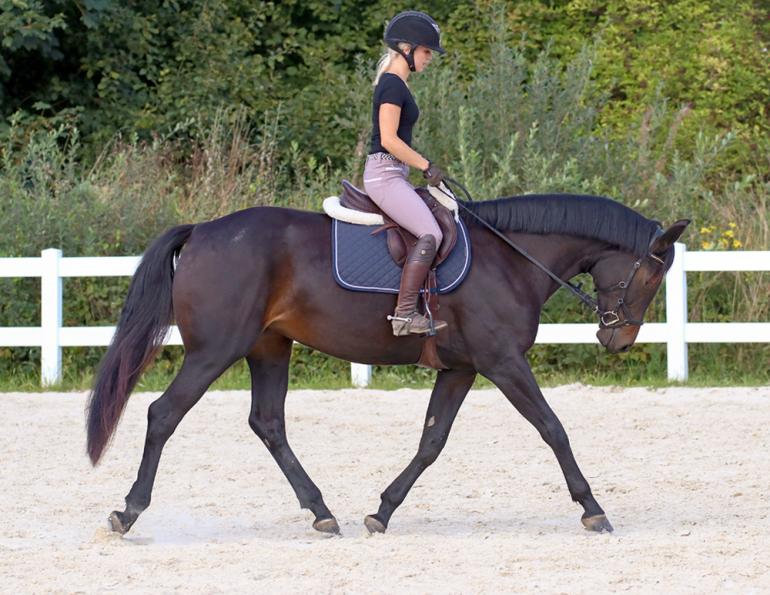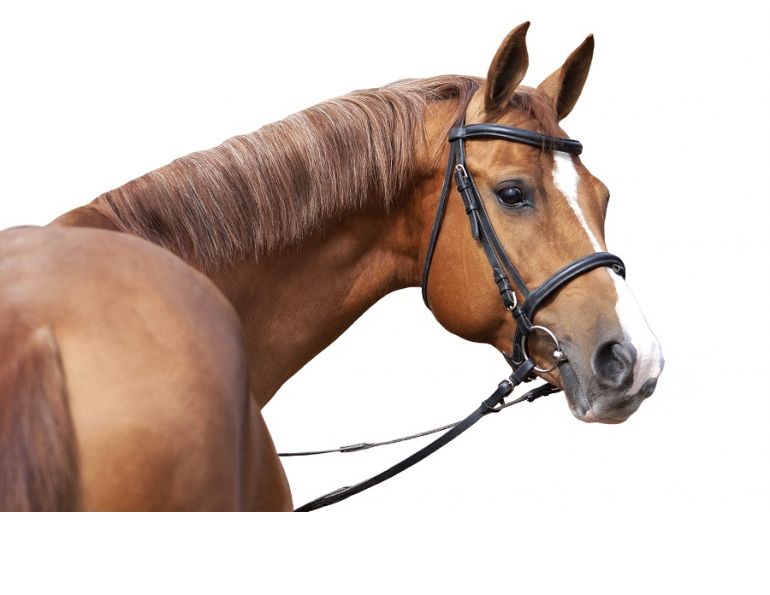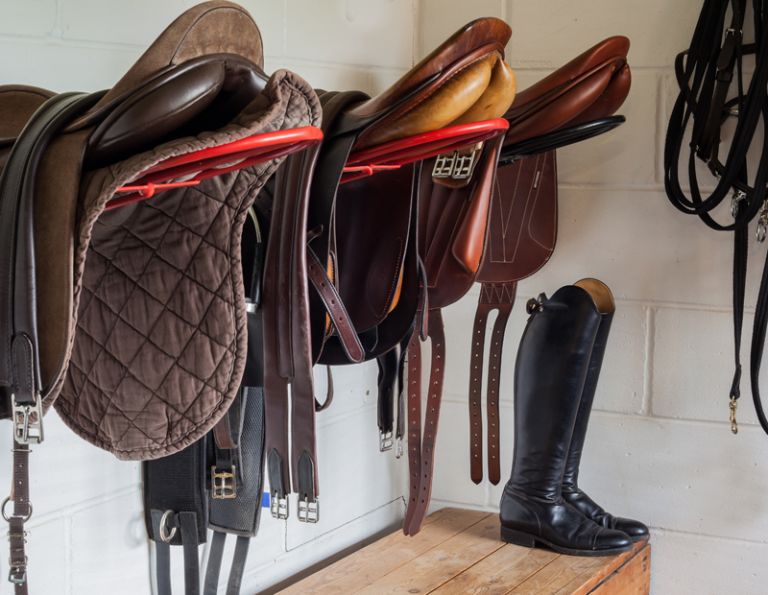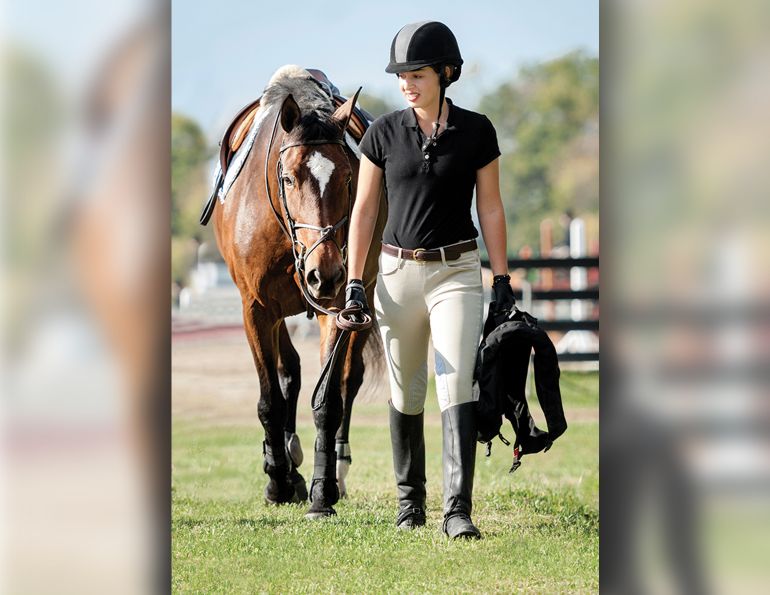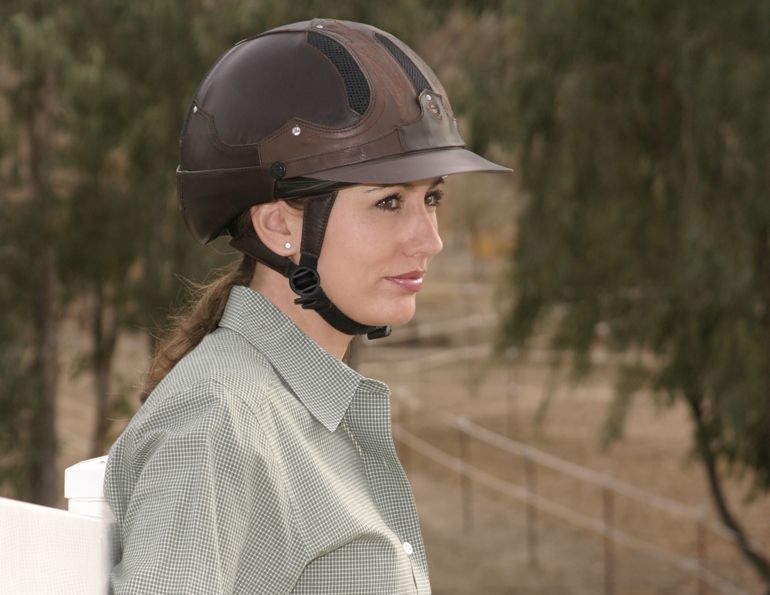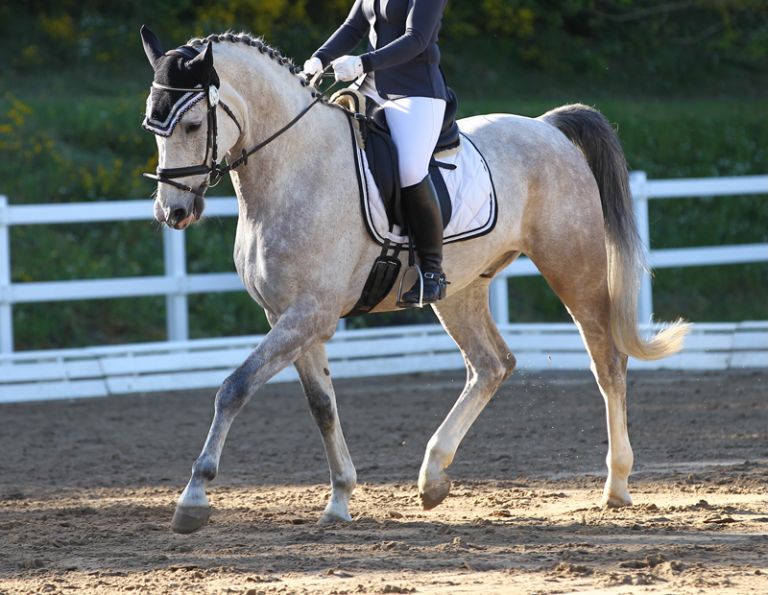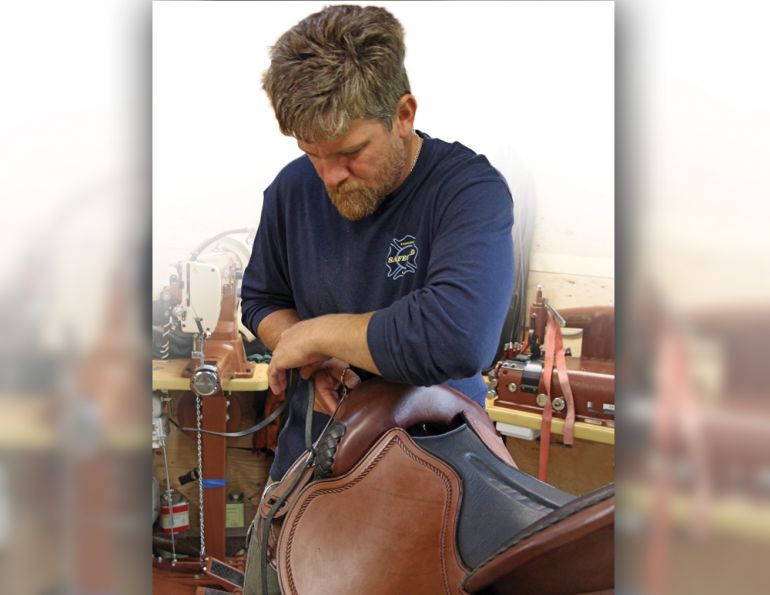By Jess Hallas-Kilcoyne
It’s that time of year again...time to start thinking about ways to improve your turnout for competition in the coming show season.
We asked readers to send in photos of themselves and their horses decked out in their best show duds for our equestrian fashion experts to critique.
Here’s what our experts had to say...
|
|
Function over Form
When it comes to cross-country, safety takes precedence over aesthetics. Emily Hansen, pictured here riding her 8-year-old Welsh Sport gelding, Celtic Spirit (a.k.a. Rhodri), at Training Level, wears a body protector vest, which is mandatory safety equipment for cross-country.
“This rider’s vest looks like it fits correctly, offering maximum coverage without interference,” says Glynis Schultz, owner and manager of Greenhawk Vancouver Island, in Victoria, BC, and an avid eventing rider herself.
“The body protector covers her lower back and goes as low down her tailbone as possible without touching the saddle. The vest should lie flat against the rider’s shoulders and over the collar bone and be low enough in front to completely cover the bottom rib, as it does in this picture.”
Not yet mandatory for competition, but rapidly gaining popularity in eventing, an air vest is an additional safety measure that Emily might want to consider. “Air vests are attached from the saddle to the rider with a break-away cord,” Glynis explains. “If the rider falls from the horse, the cord pulls the pin from a gas cartridge, releasing CO2 gas and inflating the vest simultaneously. The vest provides extra protection and helps stabilize the neck in case of a fall.”
Emily is also wearing a medical armband, another mandatory piece of equipment for cross-country, containing contact information and medical history in case of an emergency.
Glynis mentions that a breastplate, like the one sported by Rhodri, can help keep your saddle in place during a long, arduous ride. Protective boots are essential on the cross-country course, and Glynis says it is crucial that they not hold water, as “they will become heavy and then slip after galloping through water jumps. Taping the straps as [Emily] has done is a good precaution against straps loosening and boots then slipping.” She also recommends bell boots to help prevent pulled shoes and injury from overreaching.
|
|
Fit for a Dressage Queen
‘Classically elegant’ describes the turnout of Eileen Keller and her American Warmblood mare, Amber Flame, shown here competing at First Level.
Ann Bater, owner and manager of Victoria Saddlery, in Victoria, BC, and a dressage rider herself who is currently competing at Intermediare I level, praises Eileen’s black, dressage style jacket, spotless white breeches, and white gloves, although she notes that “dressage is allowing dark coats in other colours besides navy and black now,” such as dark brown or charcoal grey.
“As of this year (2012), hard hats must be worn in all levels [in dressage competition],” Ann continues. “White breeches are still required, although some riders prefer cream which is also fine, as long as stock tie, show shirt, and saddle pad match.”
All in all, Eileen’s outfit is workmanlike and tidy, just what a dressage judge will be looking for.
Amber Flame is nicely presented as well, with the square white show pad required in the dressage ring, and clean dressage saddle and snaffle bridle. “This horse’s braids are not the usual dressage style of larger, button-style braids done with elastics,” Ann comments, “but this hunter braiding is perfectly acceptable because it is very nicely done and very neat.” However, she says “often the dressage horse has a pulled (trimmed at the top) and banged (cut off straight at the bottom) tail. This horse might improve its dressage look with such a tail.”
|
|
A Shining Start to the Show Season
Sherri Hewko and her 5-year-old registered Paint mare, Flirt, are getting ready to begin their second show season together, with the aim of competing in Western Pleasure at local schooling shows.
“The horse is clean and well groomed, with her tack looking nice and clean and fitting quite well,” said our Western apparel experts at Stampede Tack & Western Wear, in Surrey, BC. Kevin Mykle at Stampede points out that the saddle pad is a bit large for the saddle, and suggests that Sherri may want to tighten up the rear cinch by a hole or two so that it is just touching Flirt.
Women can be a little bit more daring in their fashion choices in the Western Pleasure ring, and patterns and bright colours are certainly acceptable. Traditionally, the trend has been to stick with a darker colour with pants and chaps, and keep the brighter colours on top.
When it comes to Sherri’s outfit, “her clothes are clean and fit well,” says Kevin. “But she needs to tuck in her shirt and button her cuffs.” Other suggestions for improvement include pulling her hair back into a ponytail, or tucking it up under her hat. Finally, Sherri may want to consider re-shaping her cowboy hat to present a more polished appearance.
The folks at Stampede conclude that Sherri and Flirt are well on their way to showing Western Pleasure.
|
|
Show Jumping with Style
Alexis Maartman-Jones and Steel Magnolia get high marks for their turnout in this picture, taken during a qualification round for the Canadian Equestrian Team Medal in 2009.
“This horse is beautifully turned out for a jumper or jumper equitation class,” says Ann Bater of the then 11-year-old Hanoverian/Anglo Arab mare. “This grey horse is not easy to keep clean looking, but she is immaculate; there is not a manure stain on her and she appears trimmed and tidy.”
Ann is also a fan of the horse’s hunter style braids, which she calls “beautiful, small, and neat,” and she notes that a braided tail is not necessary for this type of class.
The horse’s tack, with running martingale, figure eight bridle, and flash noseband, is appropriate for the jumper ring, as are the open-front jumper style boots and bell boots.
Ann approves of Alexis’s dark jacket, “which is required for equitation medals,” but remarks that the latest trend in show jackets allows for options such as zippers instead of buttons, and collars and/or piping in contrasting colours. “She has the mandatory beige breeches and good fitting boots,” Ann finishes. “Her jumping bat is appropriate and dark gloves finish off her outfit.”
|
|
Harmonious Driving Dress
When it comes to turnout for combined driving events, “you’re looking for harmony,” says Simon Rosenman, Executive Director of Drive Canada.
“The driver, horse, and carriage should all be matching...the picture has to look pleasant and appealing.”
Barbara Sims and her registered Welsh, Section C, gelding, Flyer, hit the mark in this picture, taken during the Driven Dressage phase of a Combined Driving Event.
Simon comments that the two-wheeled cart Flyer pulls “is an informal vehicle and requires a country or sporting look...the breast collar is appropriate for this style of vehicle.” He also remarks that the natural wood of the vehicle allows for the option of a harness that is either black or russet coloured.
Flyer is beautifully turned out, with a gleaming coat and tidily braided mane. In the Driven Dressage phase of Combined Driving Events, protective boots and/or polo wraps are not appropriate, as they are in the Marathon and Obstacle phases.
Mandatory requirements in driver apparel are a hat, gloves, and an apron. Tailored clothes, like Barbara’s well-fitting jacket, are recommended, and should match the vehicle in colour and style. In this photo, Simon notes that “driver and groom are dressed nicely for a sporting turnout with a pleasant overall appearance using complimentary colours.”
|
|
A Touch of Hunter Under Saddle Class
“Kudos on how clean her grey horse is!” says Candice Currie, an employee at The Dog & Pony Shop in Ladner, BC, of Kayla Payton’s grooming turnout in this hunter under saddle class.
“The horse appears to be gleaming from elbow grease...most judges want to see that you have put effort into your appearance to show that you belong in the show ring and aren’t out on a Sunday hack.”
While the running braid in the horse’s mane is lovely, Candice says “depending on the level you are competing, the hunter circuit normally likes to have the horses braided with a rosette style braid, usually using wool or yarn, and the mane must always be braided on the right side.”
The braid job on the tail is beautifully done.
Candice also suggests that in the hunter ring a fitted numnah is more appropriate than a square saddle pad, which is more commonly seen in show jumping.
Kayla herself is wearing the dark, tailored show jacket, tall, well-fitting boots, and dark gloves appropriate to a hunter rider, although Candice advises that most judges prefer to see beige breeches, especially in an equitation class.
 |
Many thanks to our Official Contest Sponsor, EcoLicious Equestrian, for their generous contribution of five $100 gift certificates to the winners of our Show Season Makeover Contest Draw. Visit EcoLicious Equestrian at www.ecoliciousequestrian.com. |
Special thanks to our equestrian fashion experts: Ann Bater, owner and manager of Victoria Saddlery; Kevin Mykle and the staff at Stampede Tack & Western Wear; Glynis Schultz, owner and manager of Greenhawk Vancouver Island; Simon Rosenman, Executive Director of Drive Canada; and Candice Currie of The Dog & Pony Shop.
This article originally appeared in the June 2012 issue of Canadian Horse Journal.



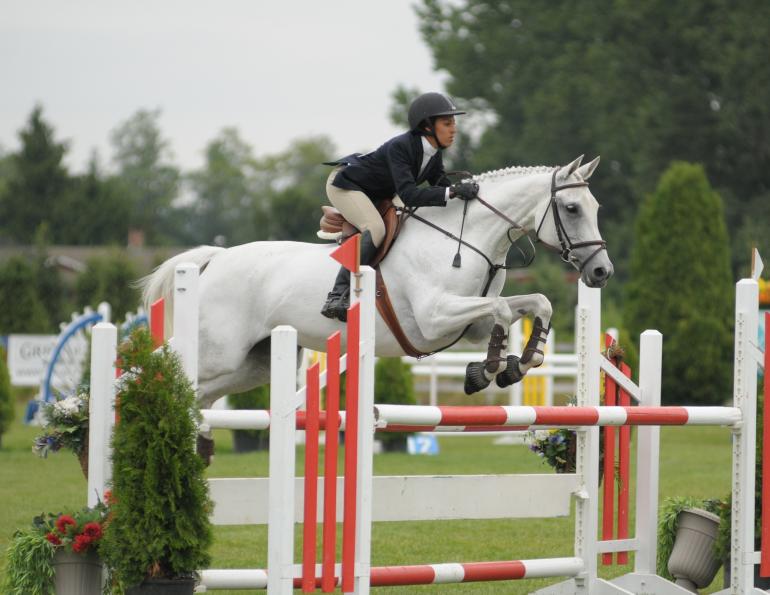
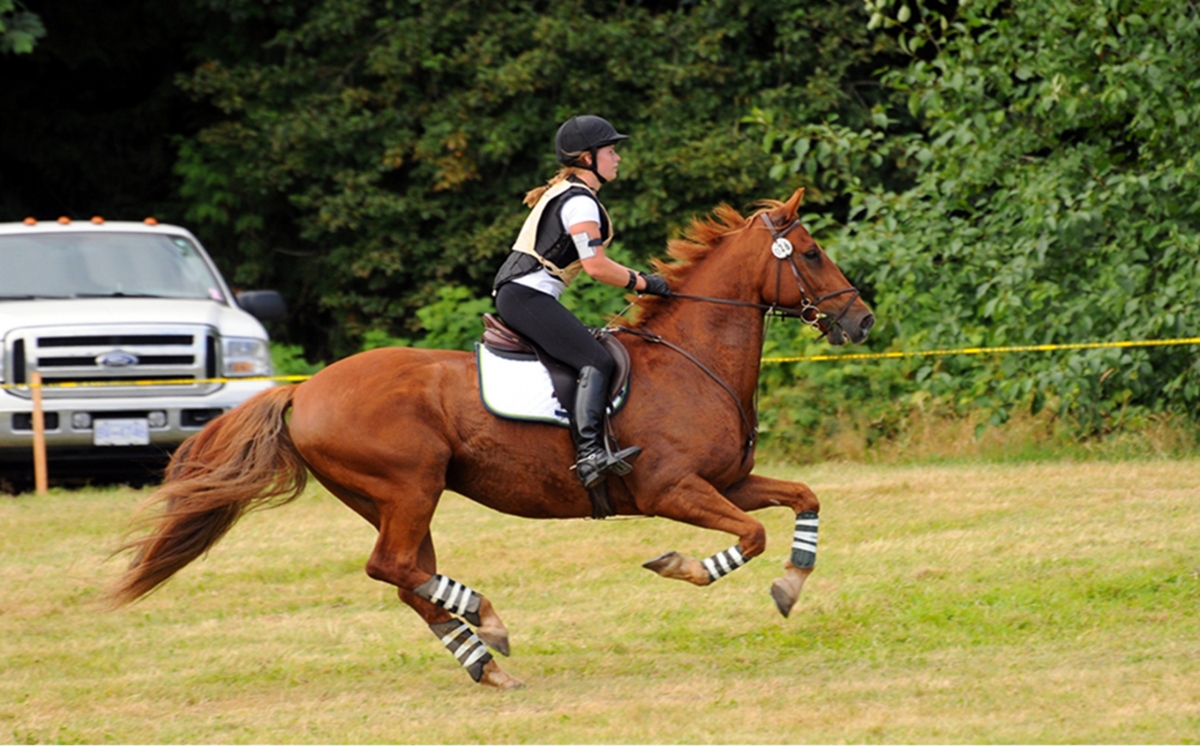 Photo: Courtesy of Emily Hansen
Photo: Courtesy of Emily Hansen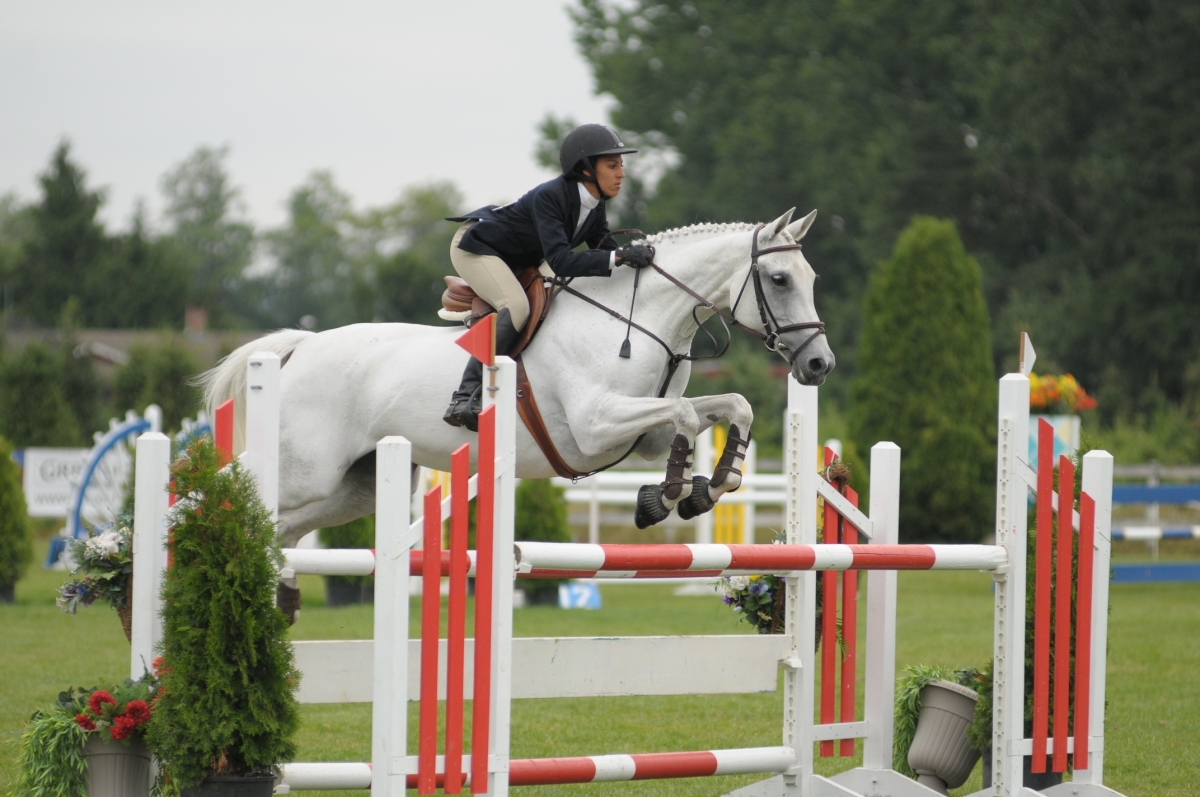 Photo: Totem Photographics
Photo: Totem Photographics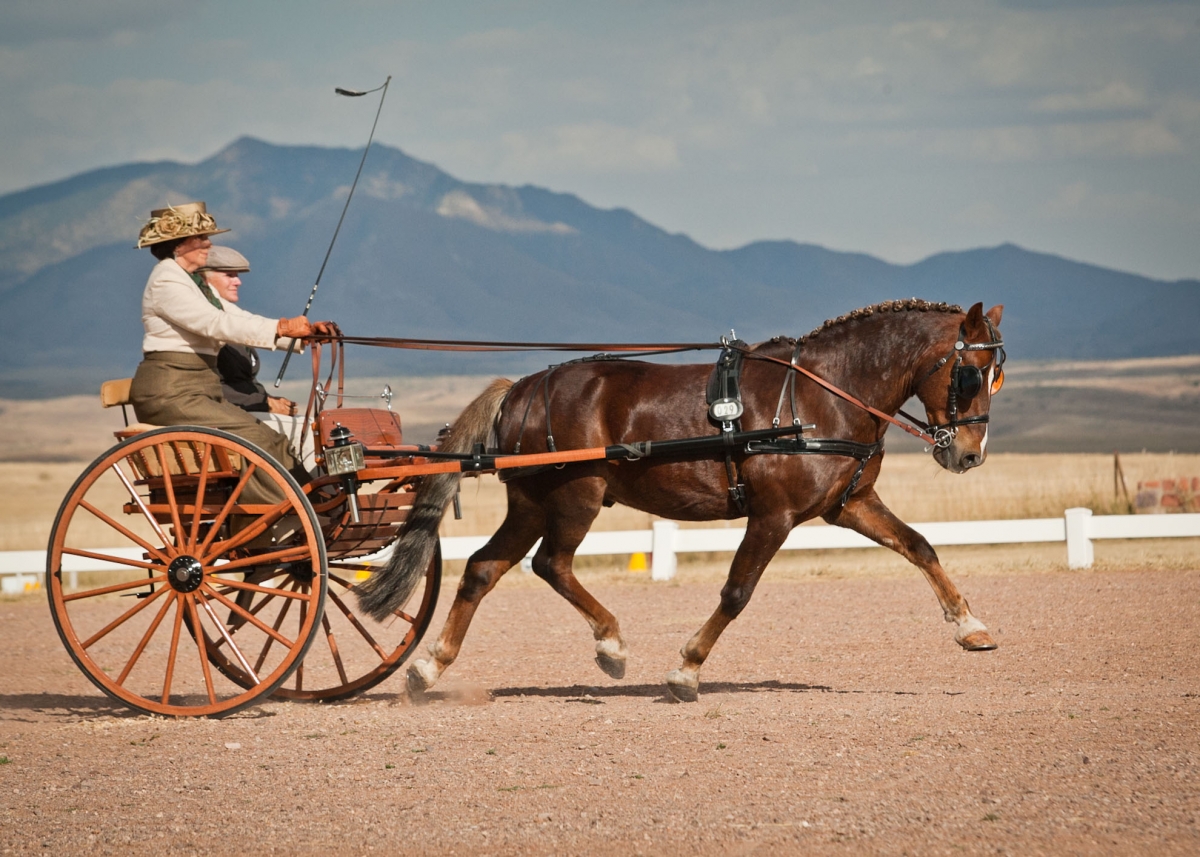 Photo: Christy Cumberworth
Photo: Christy Cumberworth

